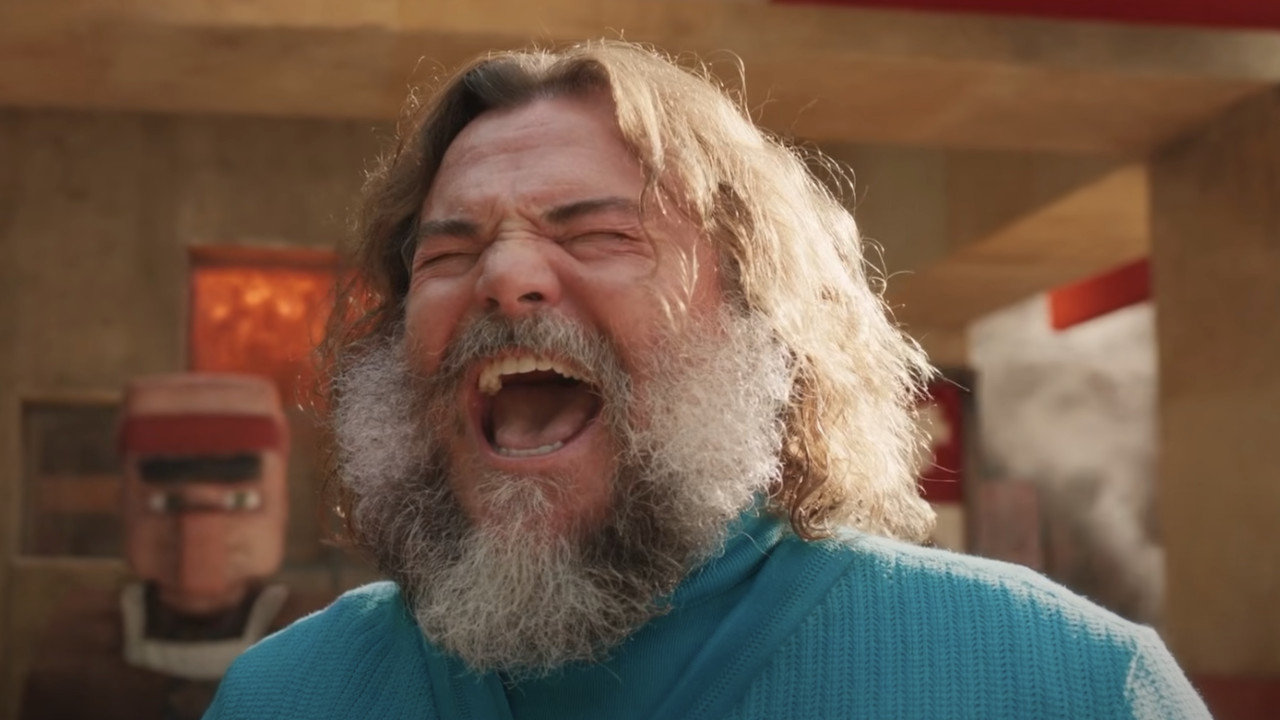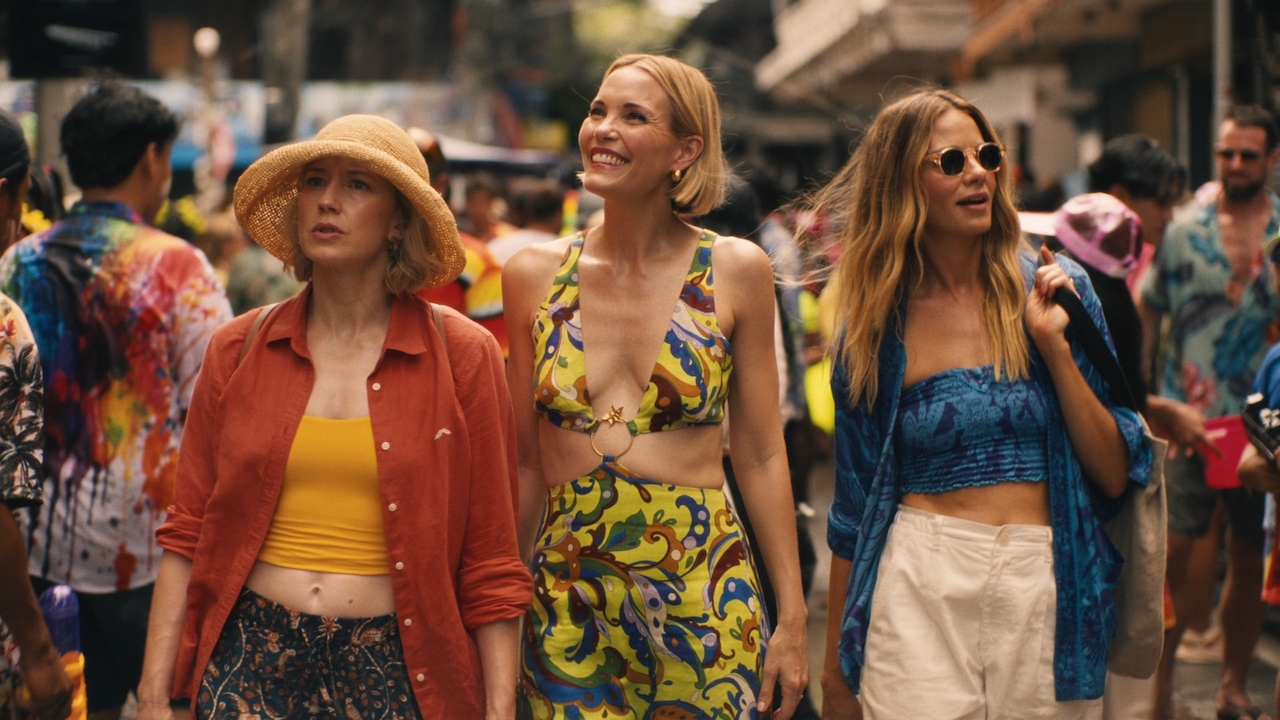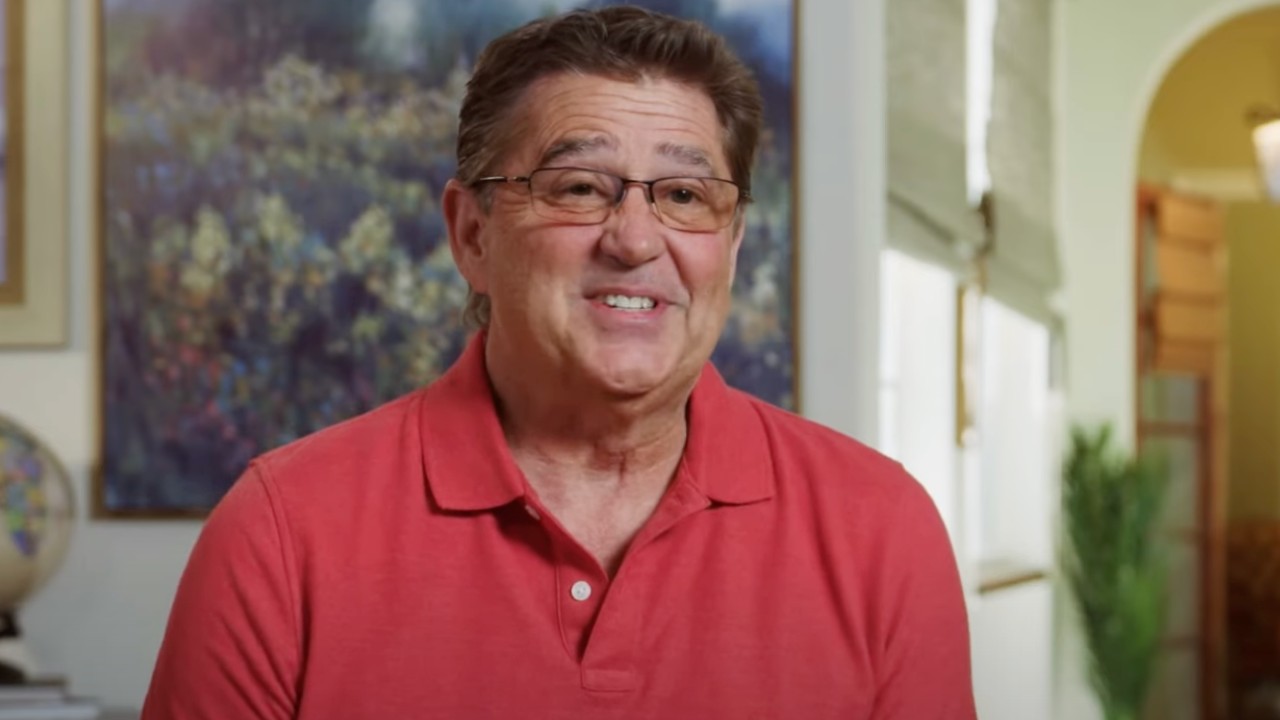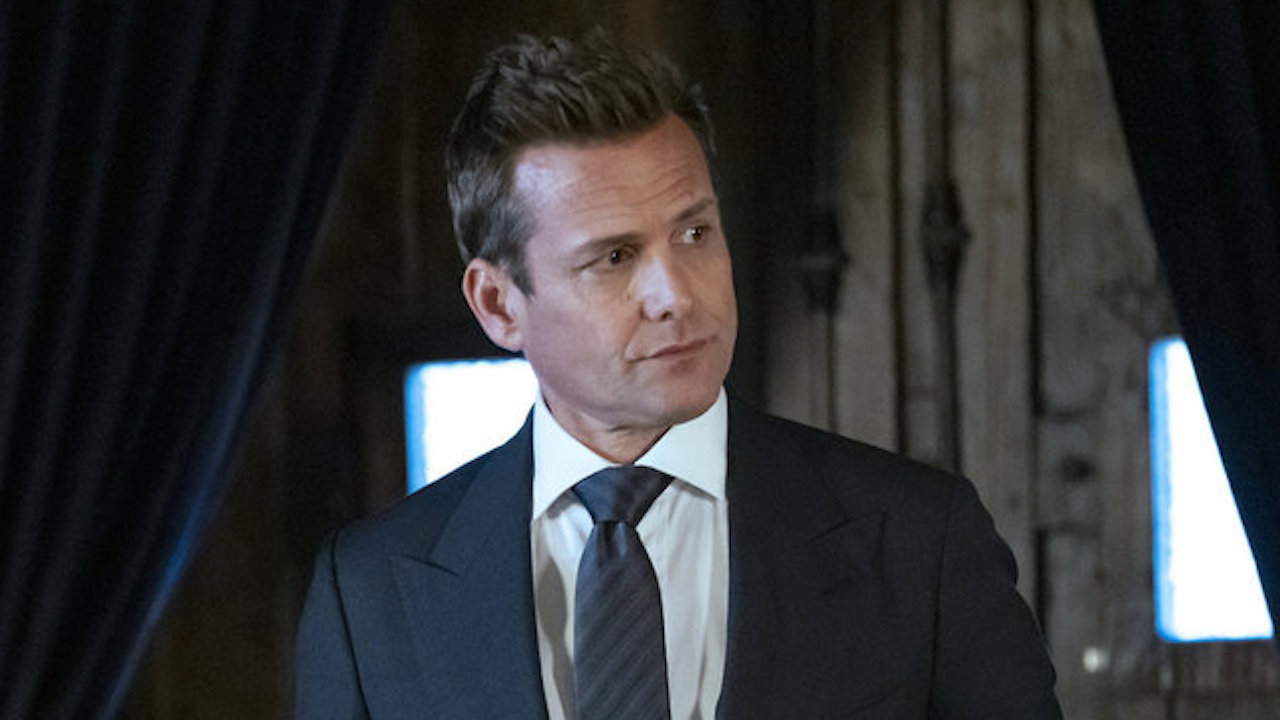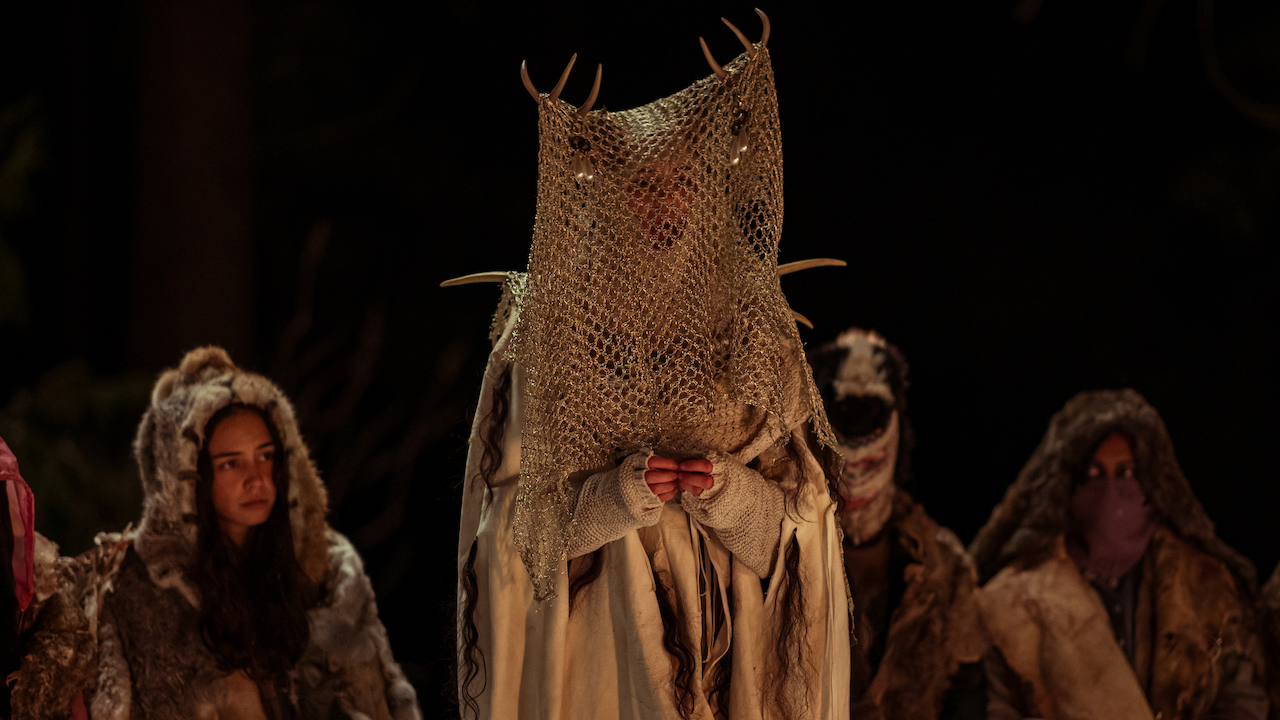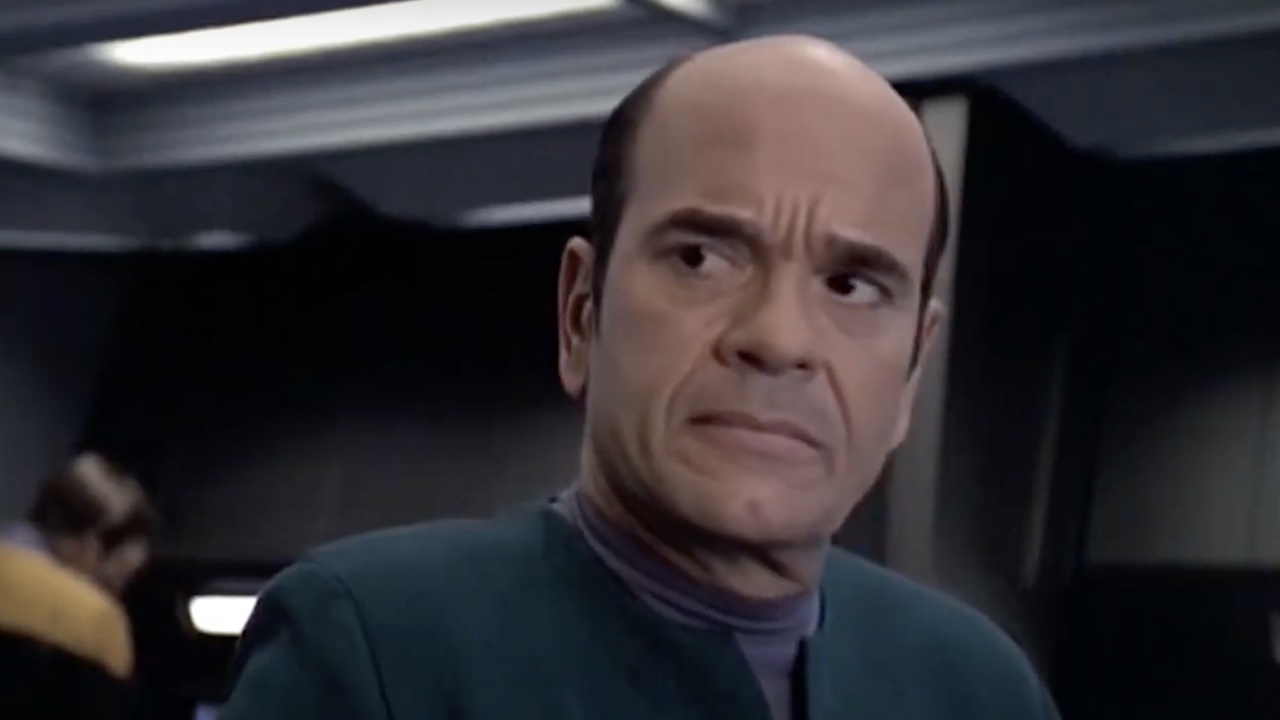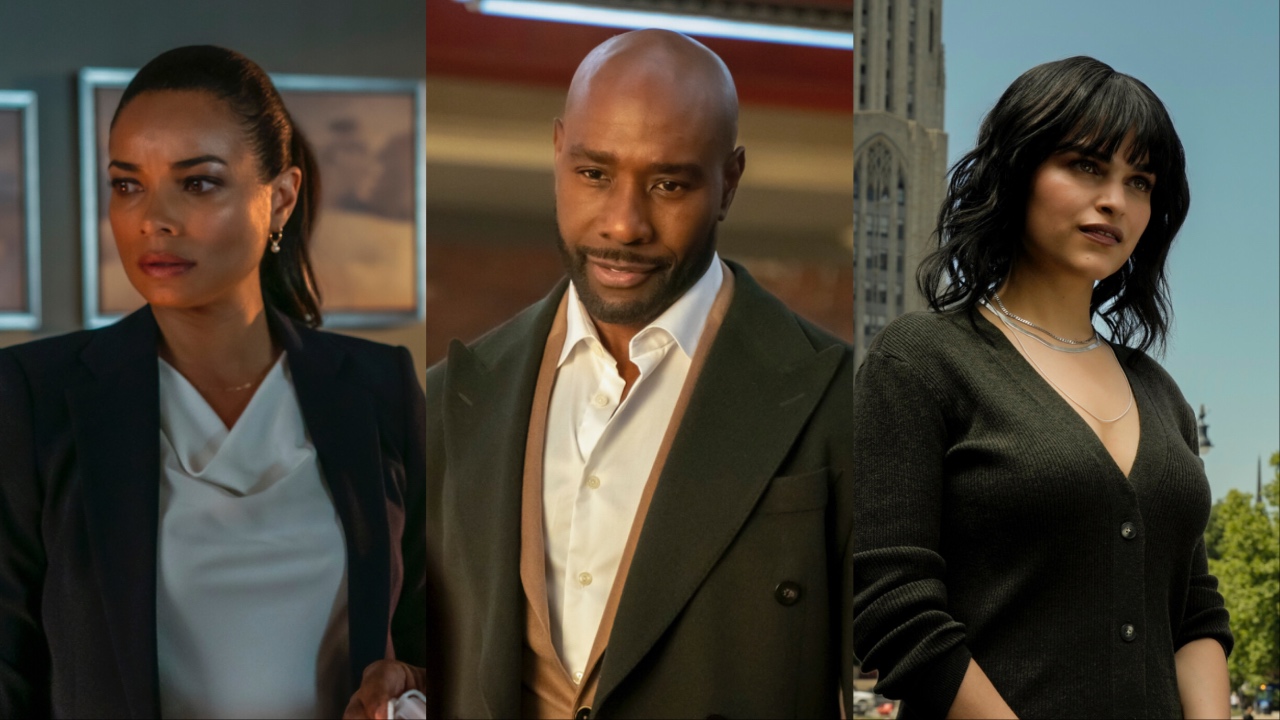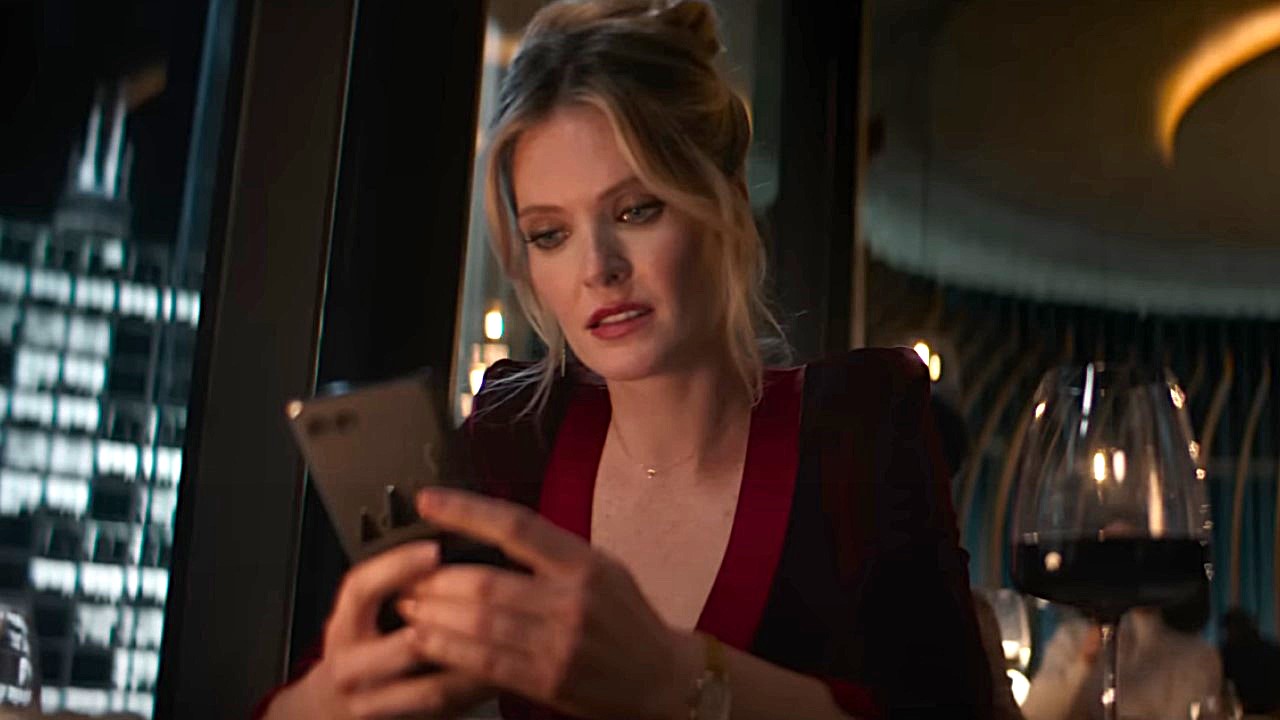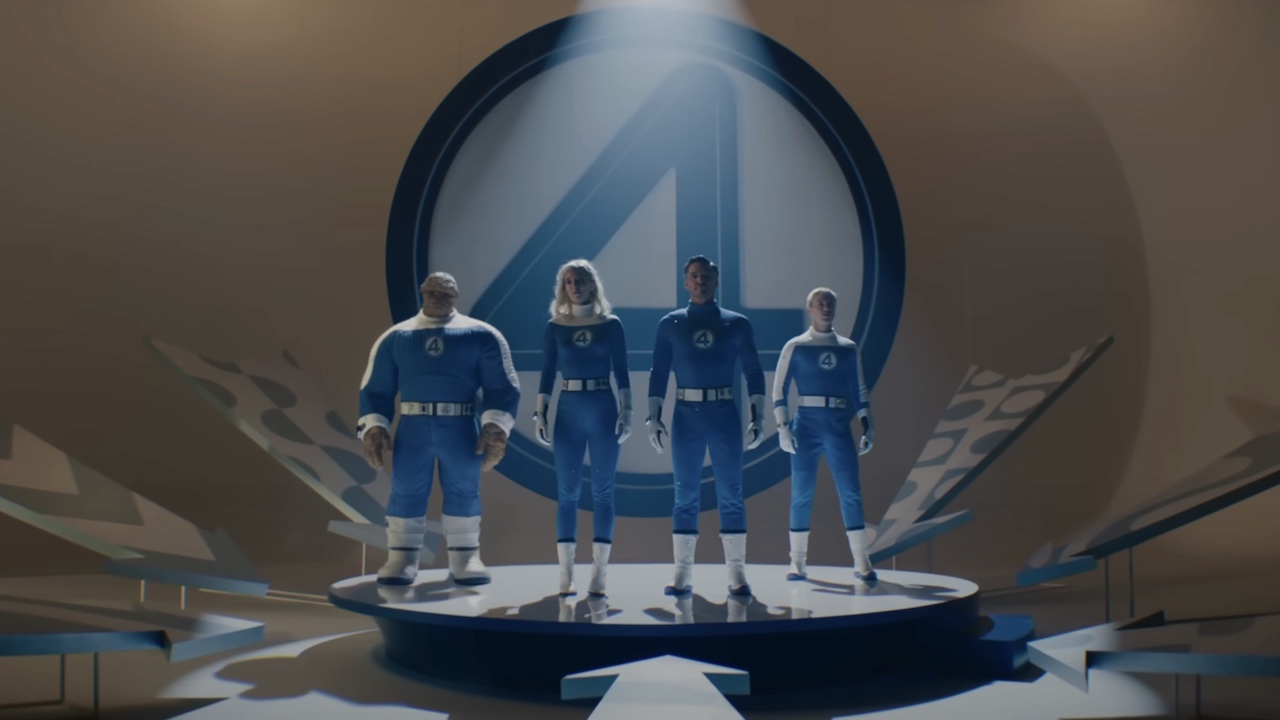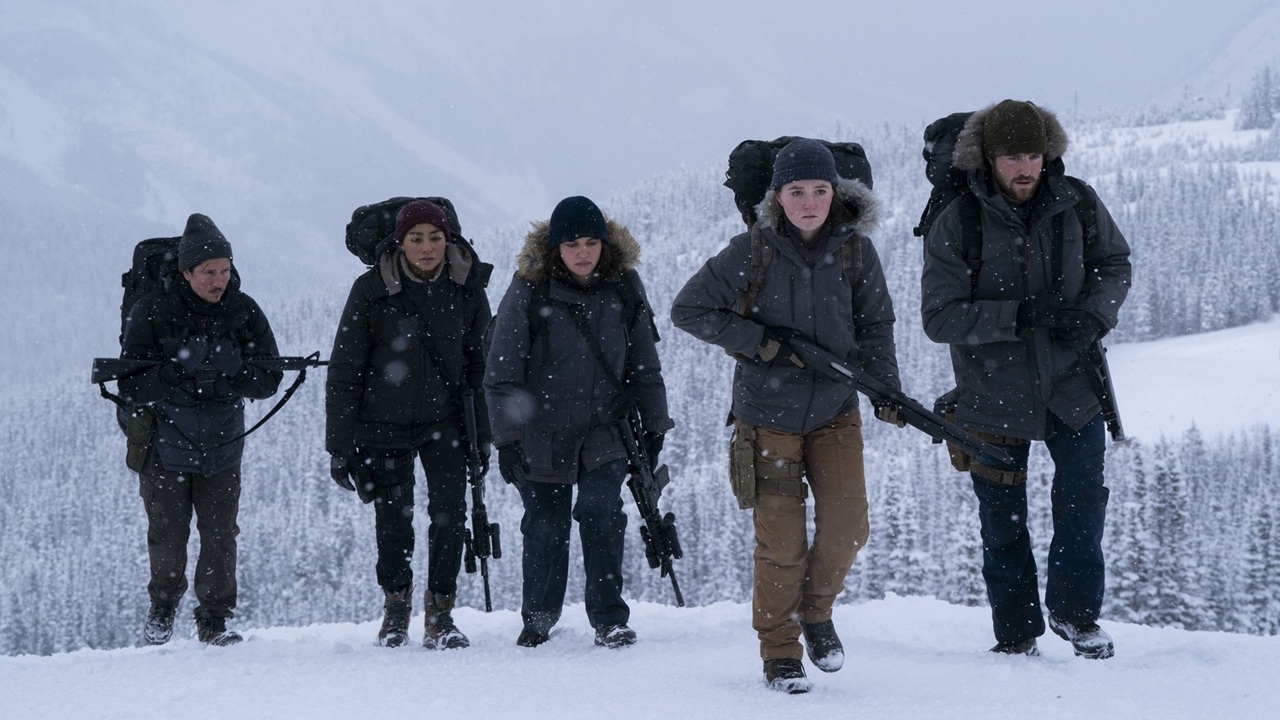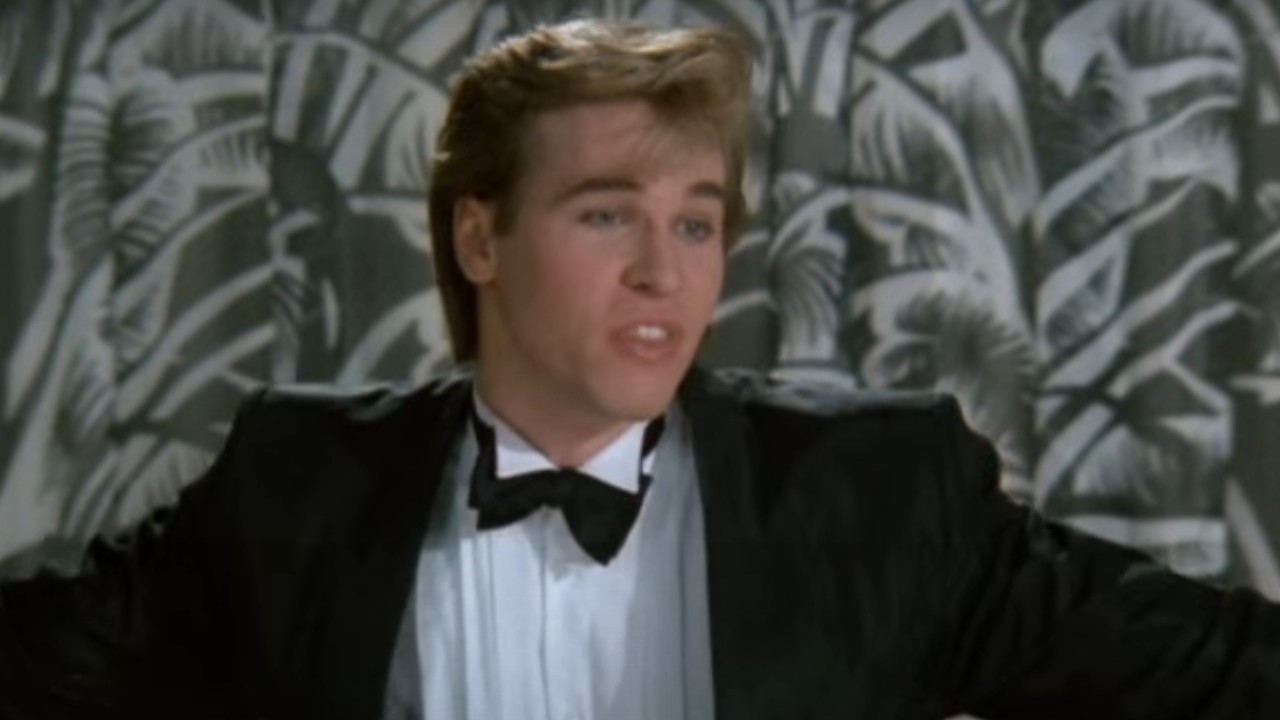Resident Evil: 10 Behind-The-Scenes Facts About The 2002 Video Game Adaptation
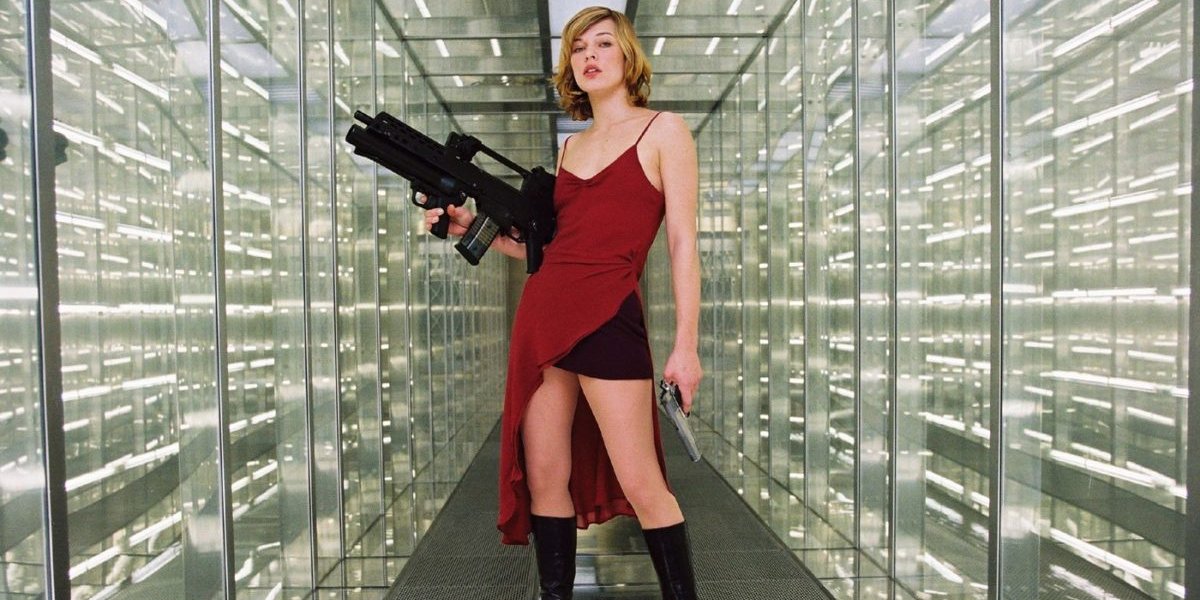
It has been nearly 20 years since Paul W.S. Anderson took a beloved survival horror video game series and made it into one of the most successful and polarizing film franchises of the 21st Century. In 2002, the director, who made a name for himself with 1995's over-the-top Mortal Kombat just seven years earlier, took a turn from what many fans expected to see from the video game adaptation and gave audiences a new spin on Resident Evil, which ended up being a hit despite its lack of tie-ins with the source material. But how the film became a success, and a talking point nearly two decades later, is the result of some pretty massive behind the scenes facts dating back to at least the late 1990s.
If you have ever wanted to know what went into the iconic laser scene, what was going through Paul W.S. Anderson's head when he was writing the script, or why the godfather of zombie movies didn't make the cut you're in the right place, because you'll find out all of that and more here in this rundown of 10 behind-the-scenes facts from Resident Evil.
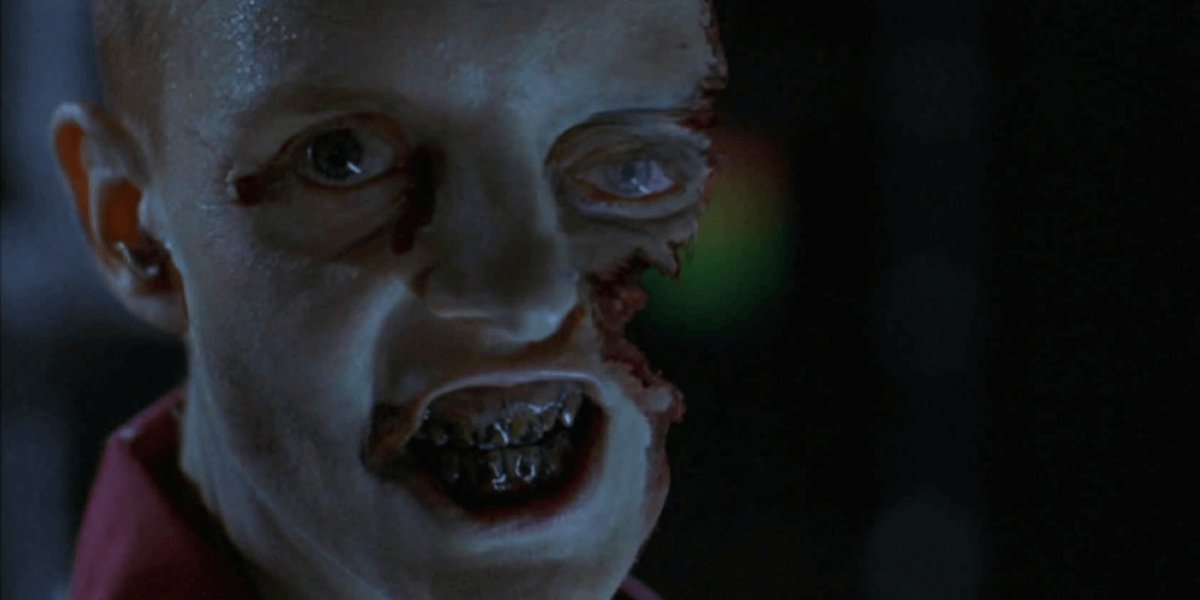
George A. Romero Wrote Several Drafts, But The Producers Felt It Was Too Graphic For Wide Appeal
When the idea of making a Resident Evil movie was first getting thrown around shortly after the first game's release in 1996, Robert Kulzer of Constantin Film (the German company that owns the film's rights) wanted to work with George A. Romero because, well, it's a zombie movie and who is better than the man responsible for Night of the Living Dead? Well, as the head of production told Fangoria in 2002, the ultimate zombie movie that Kulzer had hoped for wouldn't be found in Romero's script:
With George, we could have done a great zombie movie for a very, very limited audience. We could not have shown it in a regular theater, we could not have shown it on television and the video would have been sold in the X-rated section. Then you can make a $2 million movie, but not a big event movie.
George A. Romero's version (all five or six drafts) of Resident Evil would have been more faithful to the source material than the version that was later released, but it's not hard to see why the production company was hesitant, especially when you consider the late director's love of blood, guts, and so many exploding heads.
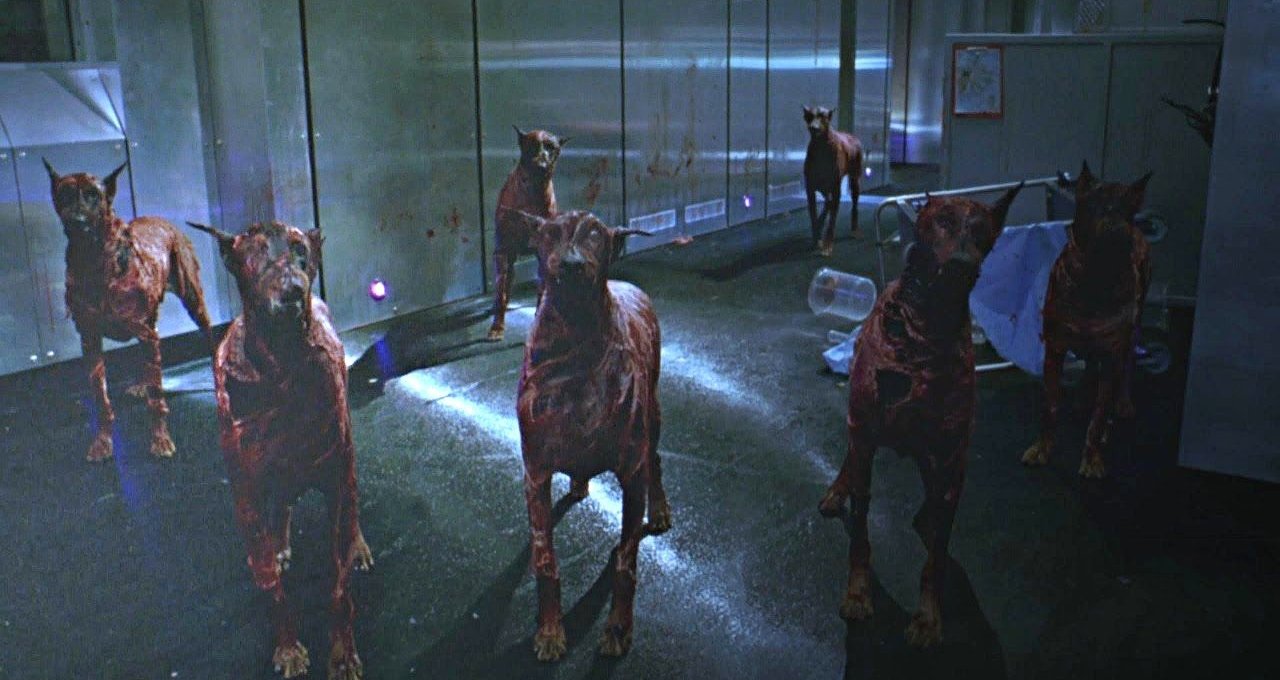
Paul W.S. Anderson Was A Fan Of The Games But Wanted To Make The Movie Appeal To A Wider Audience
When talks fell through with George A. Romero and several other writers were brought on to write scripts for what would become the Resident Evil movie, the job eventually fell into Paul W.S. Anderson's hands, and judging by his love of video games and hand in creating one of the better adaptations in Mortal Kombat, he seemed to be up to the task. Around the time Resident Evil: The Final Chapter was released in 2017, Anderson sat down with THR where he argued his case about making so many changes for the first movie all those years ago:
My reasoning for that was, when you make a video game movie, you have to please two audiences. There's the hardcore fans, who know everything about the video game and about the world and then there's the more general audience, who you also need to come and see the movie, who don't know anything about the world. I think sometimes they feel a little excluded because they go, 'Oh this is not for me.'
Earlier in the conversation, Paul W.S. Anderson revealed that he was obsessed with the games back in the day and even beat the first two back-to-back over the course of 10 days and immediately thought to himself that had to turn it into a movie.
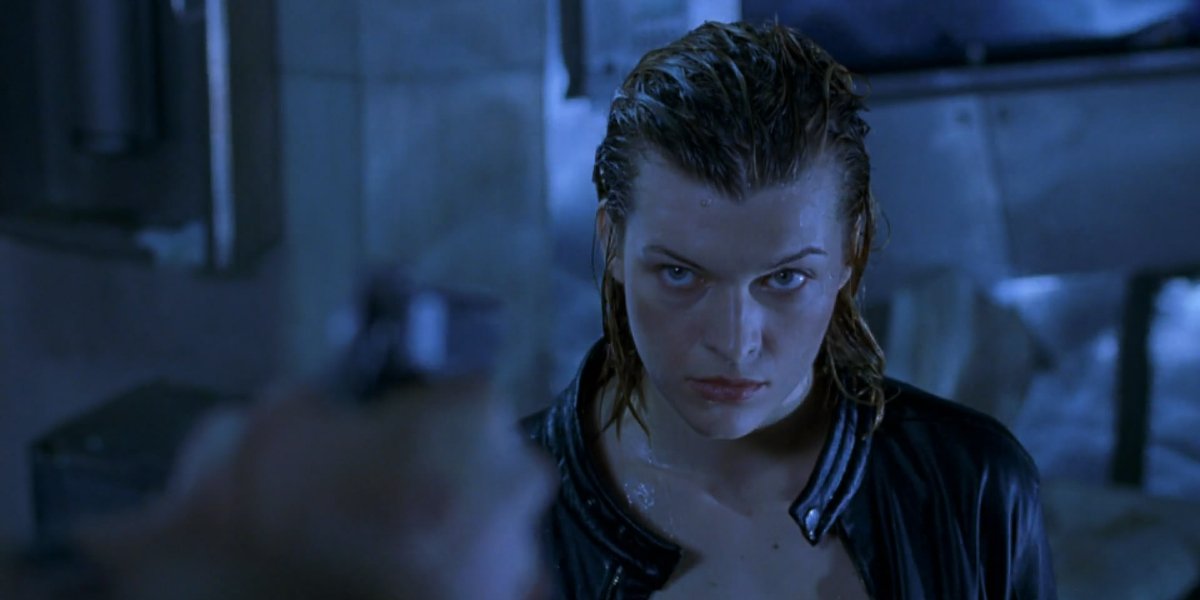
The Filmmaker Was Just As Much Influenced By Lewis Carroll As He Was The Original Game
When working on his treatment for Resident Evil, Paul W.S. Anderson not only looked to the video games for inspiration, he drew from his love of Lewis Carroll's Alice in Wonderland, which he explained to Fangoria in 2002 had quite a few similarities:
CINEMABLEND NEWSLETTER
Your Daily Blend of Entertainment News
It struck me that the fundamental idea of 'girl in a dress goes into hole in the ground and meets strange things' is exactly what both Alice in Wonderland and Resident Evil are.
Elements of Lewis Carroll's masterpiece can be found throughout the 2002 video game adaptation, including the main protagonist played by Milla Jovavich being named Alice, the computer running the lab and Hive being called the Red Queen, and the way in which Alice's life is turned completely upside down as she ventures deeper into the hole.
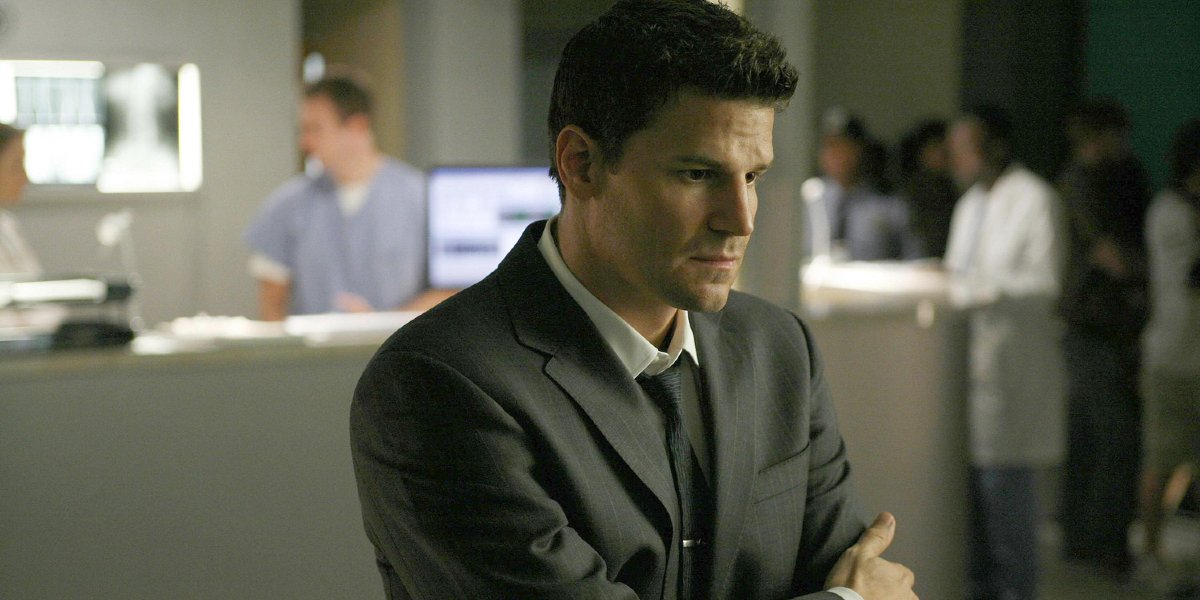
David Boreanaz Was Originally Up For A Leading Role But Turned It Down Because Of Angel
The first Resident Evil movie would have looked a lot different if David Boreanaz, best known for the titular role on the Buffy the Vampire Slayer spinoff series Angel, hadn't turned down the lead role that eventually went to Eric Mabius. According to CountingDown.com, Boreanaz was offered the role in early 2001, but confirmed at the Los Angeles Comic Book & Sc Fi Convention that he was forced to turn down the opportunity because it interfered with the shooting schedule for Angel, which was in the middle of its reign on WB. A smaller role was offered later on, but nothing ever came of it and zombie and vampire fans around the world missed on an opportunity to see what the film's producers originally had planned.
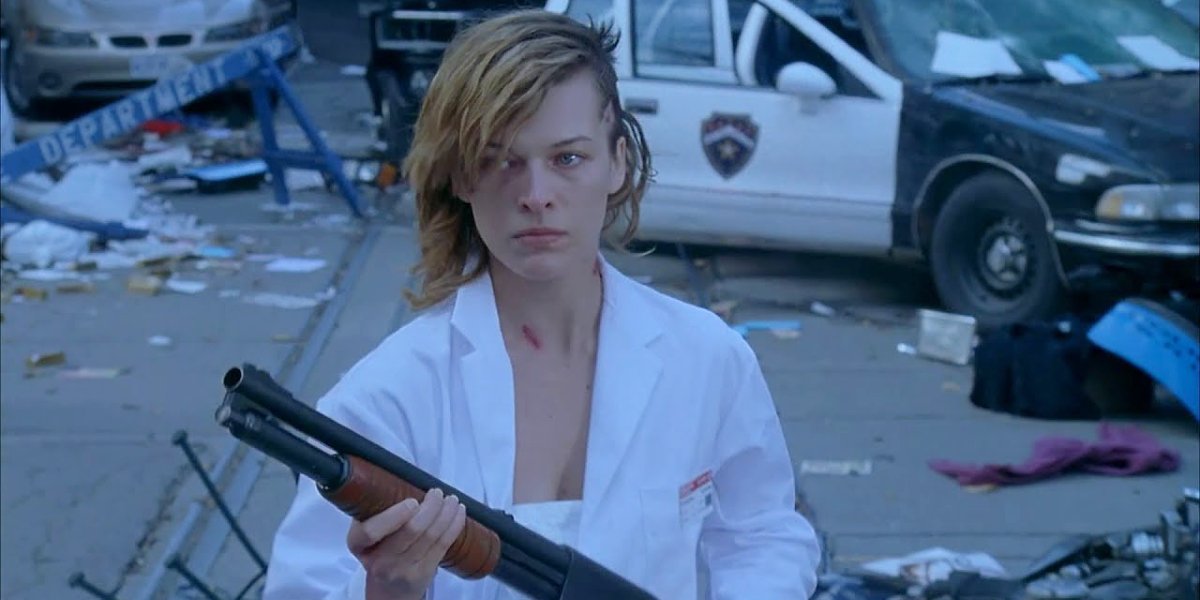
Production Was Temporarily Halted Because Of The September 11 Attacks
By the time Summer 2001 was coming to an end, most of Resident Evil had already been shot, but members of the production crew and Milla Jovavich needed to go to Toronto to film the film's closing moments (Alice waking up in a desolate Raccoon City), but shooting had to be postponed in the wake of the September 11 attacks. During a 2017 conversation with Thrillist, director Paul W.S. Anderson revealed that he was on a plane from New York to Toronto when everything went down. Like pretty much everything else at the time, Anderson said they cancelled the shoot and pushed it back about a month after everything settled down. But still, Anderson said the event had a huge impact on him and was one of the reasons the film dropped the Ground Zero from its original title.
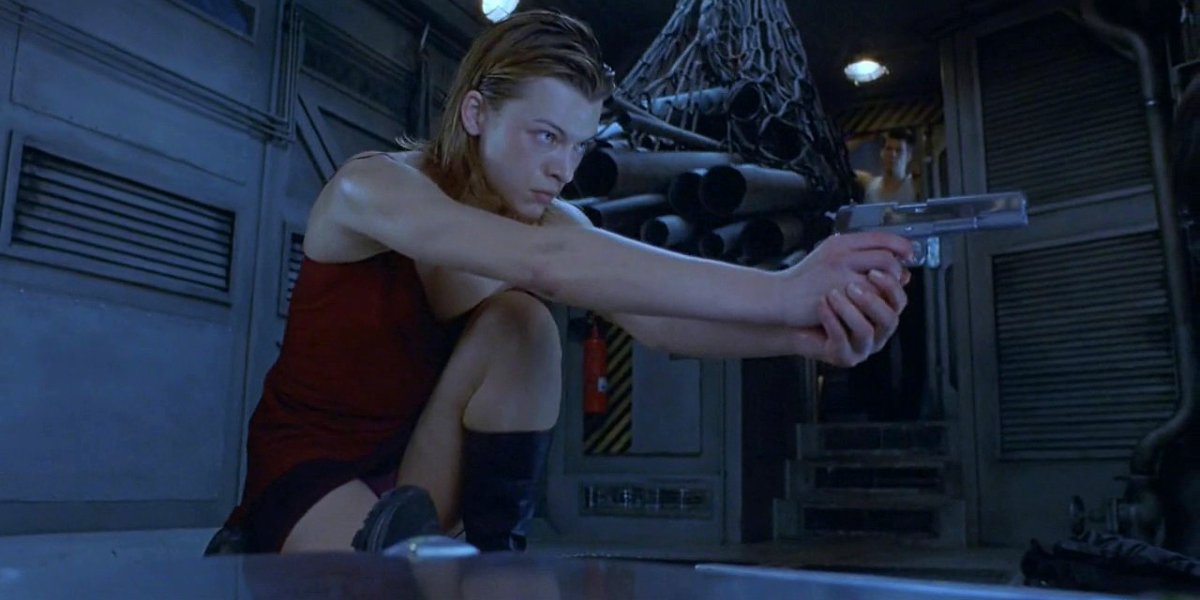
Milla Jovovich Said Resident Evil Was The Toughest Film She Had Worked On
Anyone who has seen the first Resident Evil movie knows that Milla Jovovich's Alice kicks a lot of ass but is also subjected to quite a few blows along the way. It doesn't help that she is wearing nothing more than a pair of boots and tiny red dress through most of it, either. While filming the movie, Jovovich was on set for as long as 16 hours a day, with some of those days spent repeatedly jumping in and out of freezing cold water upwards of 40 times a day or jumping on metal grates. Leading up to the release of the movie, the actress told Fangoria that it was one of the most difficult shoots of her career, stating:
It's hard, but it's fun. It's the toughest film I've ever worked on, that's for sure, and [The Messenger: The Story of Joan of Arc] was crazy, 50 pounds of armor a day and no going to the bathroom. But we didn't have these kinds of hours. That's what kills you.
Well, at least the experience wasn't for nothing and it helped propel Milla Jovovich into superstardom just a few years after proving she could handle her own in The Fifth Element.
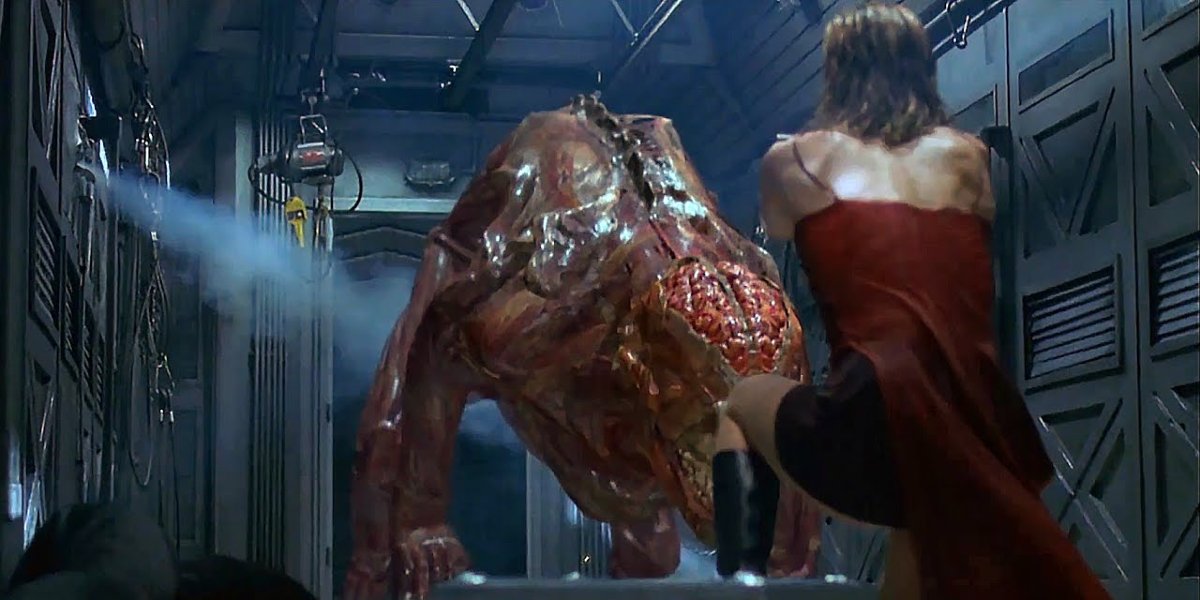
Puppets Were Used For Alice’s Final Showdown With The Licker
This is somewhat of a rarity these days, but the effects team on Resident Evil created two fully-movable puppets to film the scenes involving the licker throughout the second half of the movie, including the insane climax on the train. There was some CGI for a few shots, but the team spent a great deal of time and energy perfecting the look and movements of the mechanical creatures so that they could be used as much as possible. In the behind the scenes documentary that accompanies the Resident Evil home release, special effects and make-up supervisor Pauline Fowler revealed that one of the puppets was made of reinforced steel and could be used as a battering ram, so to speak, while the second unit was created in a way that it would correspond to every movement from the puppeteer.
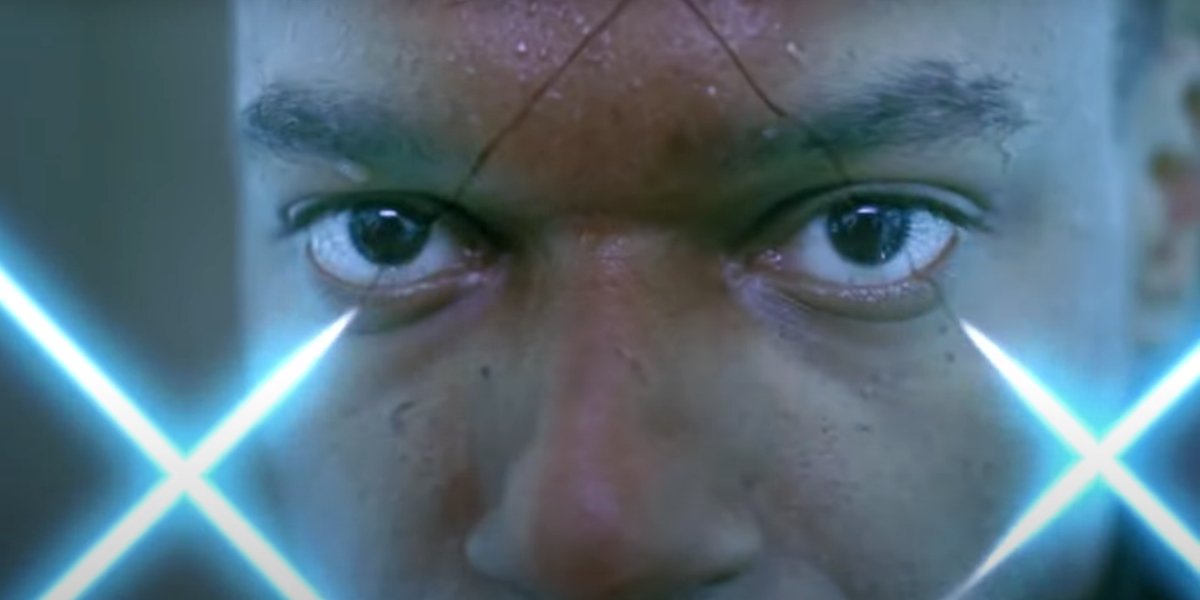
The Visual Effects Team Made A Full Model Of Colin Salmon’s Body For The Iconic Laser Scene
One of the most memorable moments from the first Resident Evil movie is the scene in which the Umbrella Corporation commandos get stuck in the corridor armed with lasers. This frantic and frightening scene is perhaps one of the most anxiety-inducing in the whole movie, especially because you think that James "One" Shade (Colin Salmon) is going to make it out just before he is diced into tiny cubes. What makes it even better is the fact that a large part of the final product was created through the use of practical effects.
In the behind the scenes documentary that accompanies the Resident Evil home release, director Paul W.S. Anderson revealed that the makeup team made a full-body mold of the actor and then cut the model up into small cubes that were then broken apart during the filming. To pull off the effect, the mold was placed in front of a green screen and held up by individual rods. As the rods were removed, the mold fell apart and produced the desired effect.
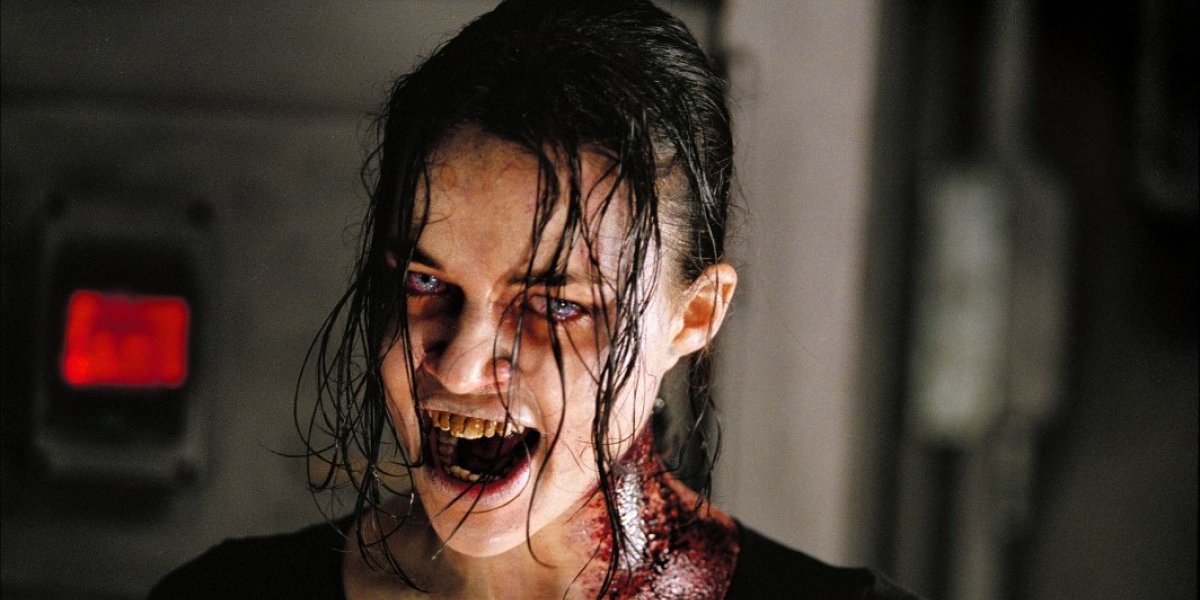
The Train Escape Scene Was The Most Intense Of The Entire Shoot
Near the end of Resident Evil, the last few survivors attempt to make their escape from the Hive by using one of Umbrella's underground trains, but like everything leading up to that point, it doesn't go too well. Despite not being the best of escapes for the characters, the scene made for a thrilling and climactic conclusion to the movie, and by the sounds of it, pulling off this section of the movie was no easy task for anyone involved in the production.
In the behind-the-scenes documentary accompanying the Resident Evil home release, production designer Richard Bridgland explained that the train was the biggest thing they had to shoot when you consider all of the engineering and time that had to go into it to pull it off. The original tracks were a few feet too deep, so the production team had to built several hundred meters of platforms that could support the weight of a 12-ton train. And since the real train couldn't go as fast as the shoot required, a model was built to pull off the exterior shots.
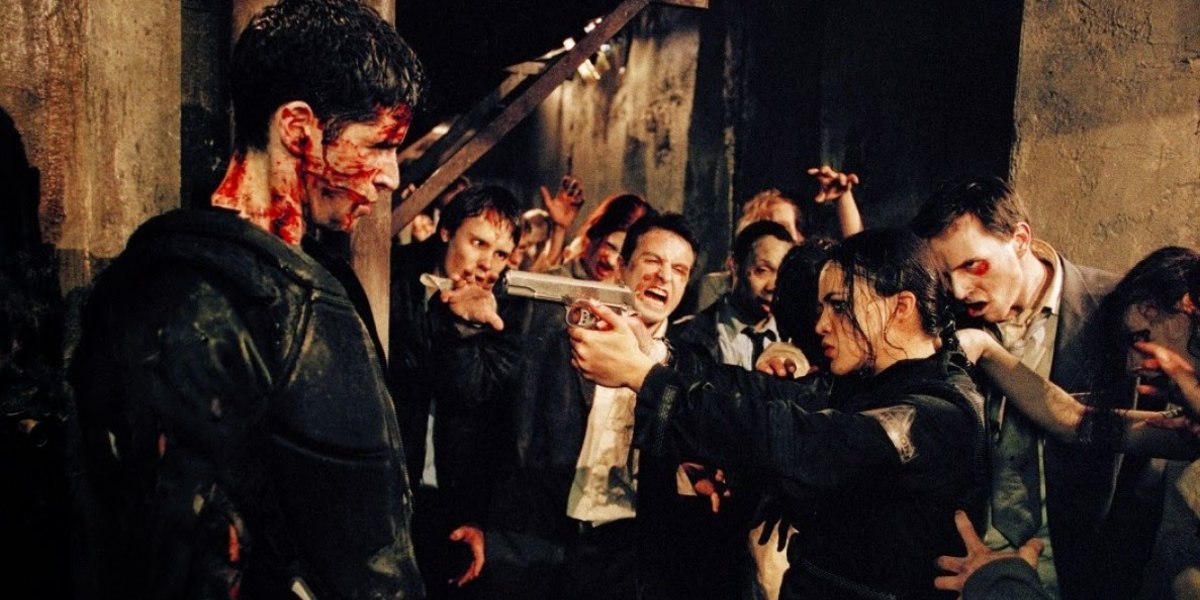
Paul W.S. Anderson Was Inspired By The Early John Carpenter Movies When Deciding On The Score
One of the things that Paul W.S. Anderson was most adamant about with the production of Resident Evil was the way the score would sound. In the documentary Scoring Resident Evil, Anderson explained that his plan all along was to have something similar to the music used by one of his influences, stating:
I'm a huge fan of early John Carpenter films — Assault on Precinct 13, Halloween, The Fog — and the kind of scores those movies had; they were very aggressive and intense electro-based scores. They weren't traditional orchestral scores in any way and what wanted was something like that.
To pull off something similar to John Carpenter's work in the 1980s but have it in the 21st Century required Paul W.S. Anderson to take an unconventional route in the scoring, which is why he called on Marco Beltrami and Marilyn Manson to come up with something that would go against the grain. And anyone who has watched the movie or has listened to the score knows that putting those two together created the desired effect.
Well, those are some of the more interesting and frightening facts from Paul W.S. Anderson's 2002 Resident Evil. If you are still hungry for more from the successful video game franchise, fear not as Netflix will soon be releasing a television series based on the survival horror classic.

Philip grew up in Louisiana (not New Orleans) before moving to St. Louis after graduating from Louisiana State University-Shreveport. When he's not writing about movies or television, Philip can be found being chased by his three kids, telling his dogs to stop barking at the mailman, or chatting about professional wrestling to his wife. Writing gigs with school newspapers, multiple daily newspapers, and other varied job experiences led him to this point where he actually gets to write about movies, shows, wrestling, and documentaries (which is a huge win in his eyes). If the stars properly align, he will talk about For Love Of The Game being the best baseball movie of all time.
